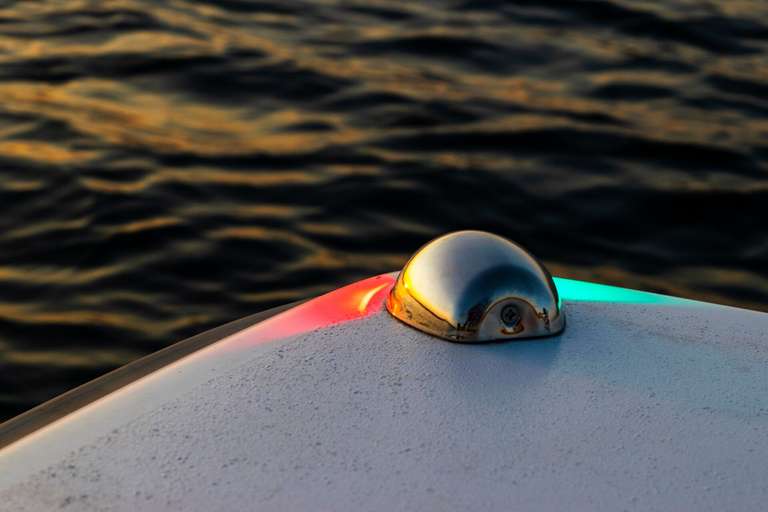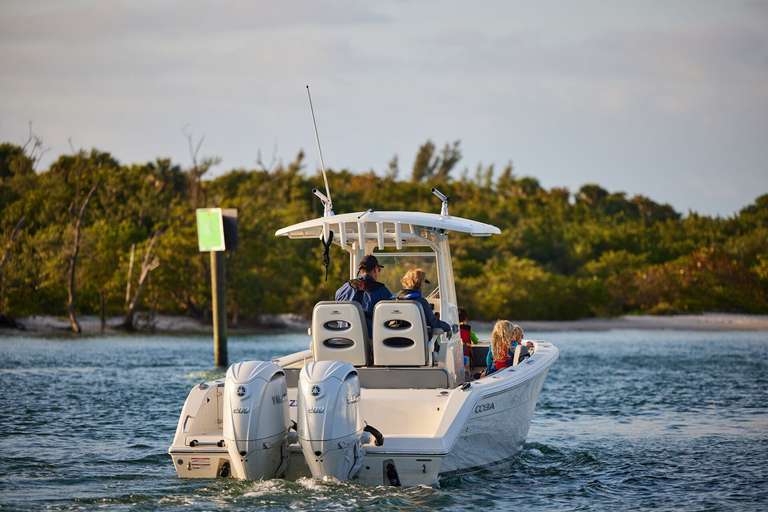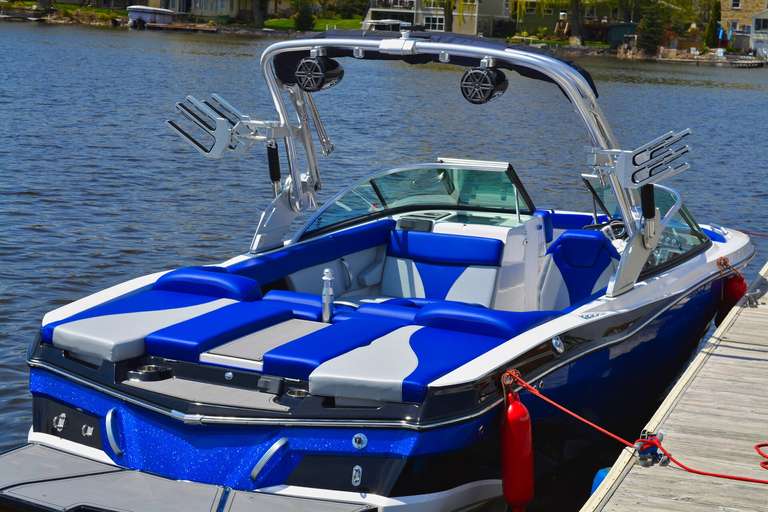Boat Hull Types: What Are They?
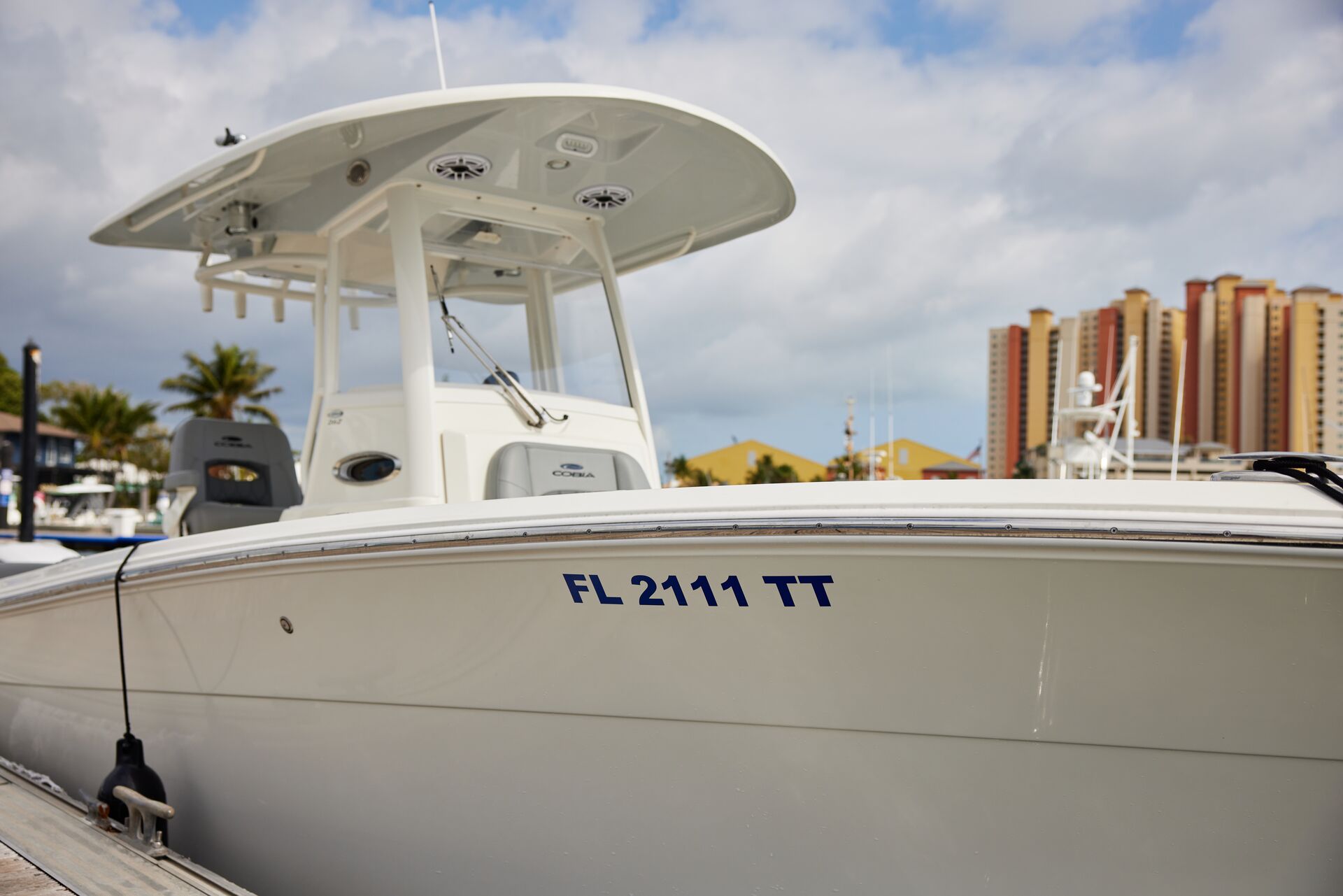
Hulls come in as many shapes and sizes as boats. Understanding the hull type for your boat can help you operate it safely. You'll also know how your boat moves through the water, which can help you navigate the waters safely.
Today, we talk about seven types of hulls, how they work, and the types of boats they typically support in the water.
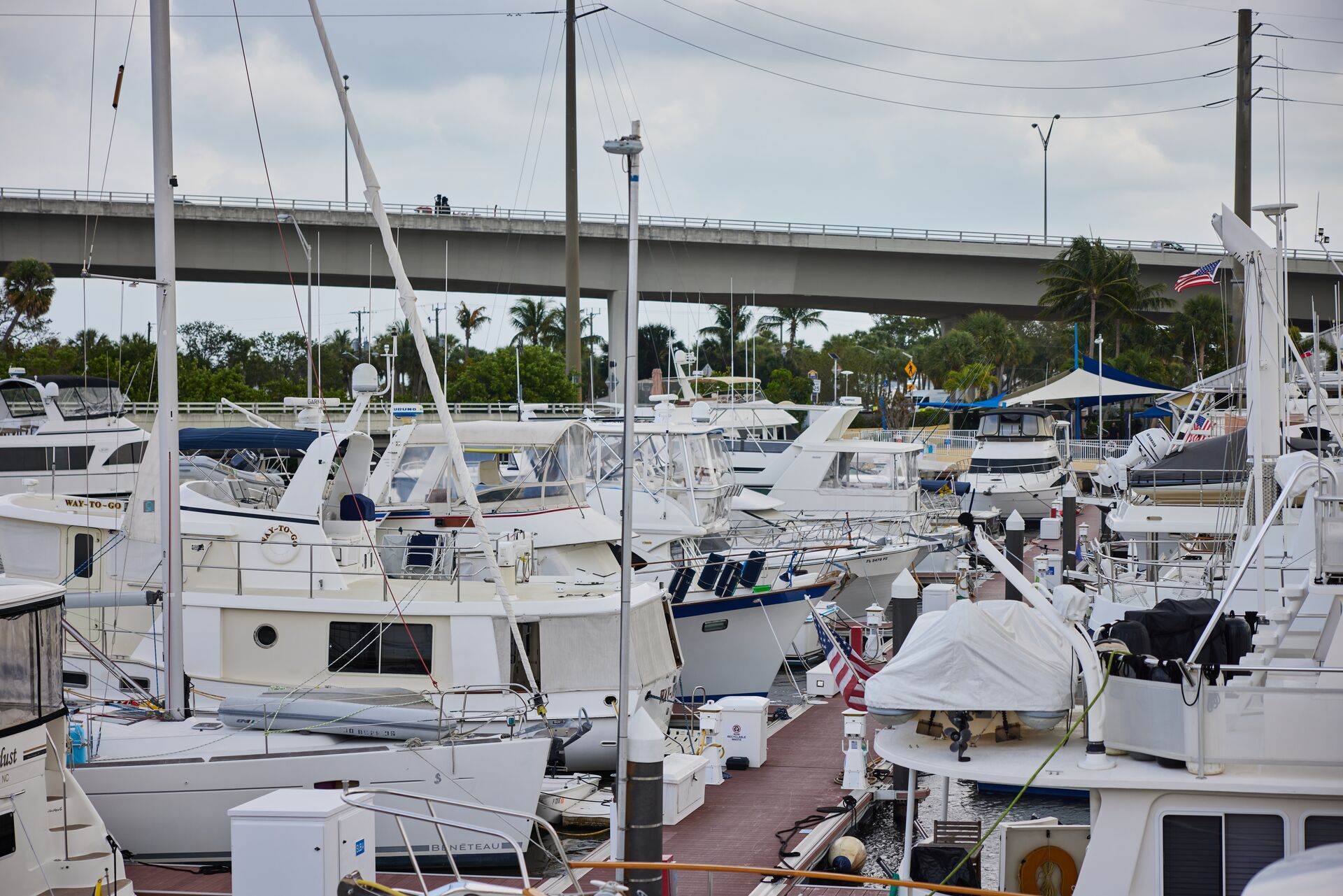
What Do Hulls Do?
Although they look different, all hulls are designed to do one of only two things: displace water or ride on top of it, which is called planing.
The hull is the part of a boat that rides in and on top of the water. It includes the front and body of the boat. The hull is crucial as it keeps your boat afloat!
Knowing about the different boat hull types helps you choose the right boat for your needs and activities.
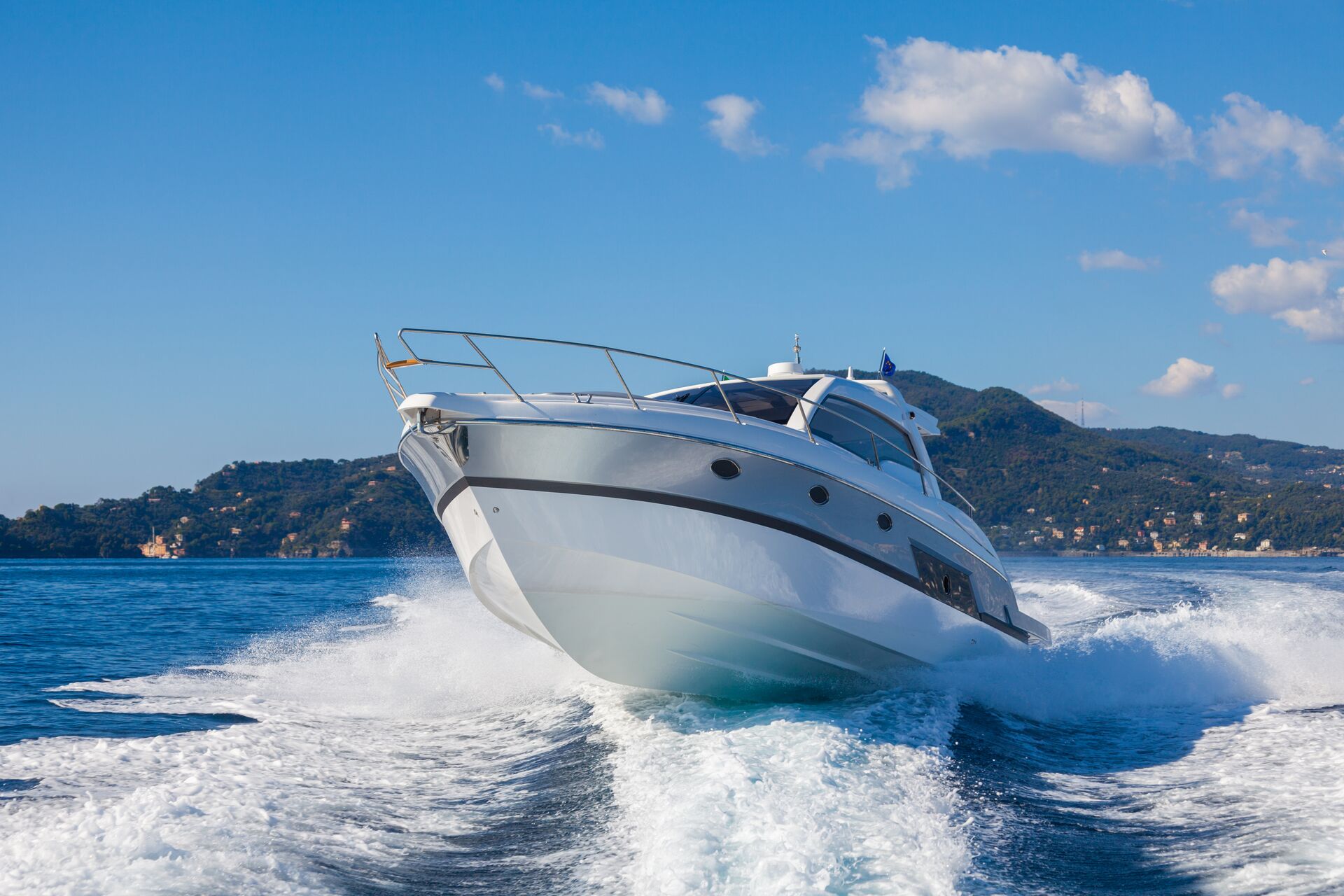
7 Boat Hull Types Boaters Should Know
So, what are some of the common types of boat hulls? Here are seven every boater should know. With this knowledge, you're better equipped to operate multiple types of boats!
1. Displacement Hulls
Slow-moving, large boats like sailing boats and cruise ships have displacement hulls. Because of their weight and power, they move lower in the water, pushing or displacing it rather than riding on top of it.
2. Planing Hulls
Faster, smaller boats such as powerboats or personal watercraft (PWC) typically have planing hulls.
Planing hulls are designed for boats that move at a higher rate of speed, allowing them to rise out of the water and ride on top of it.
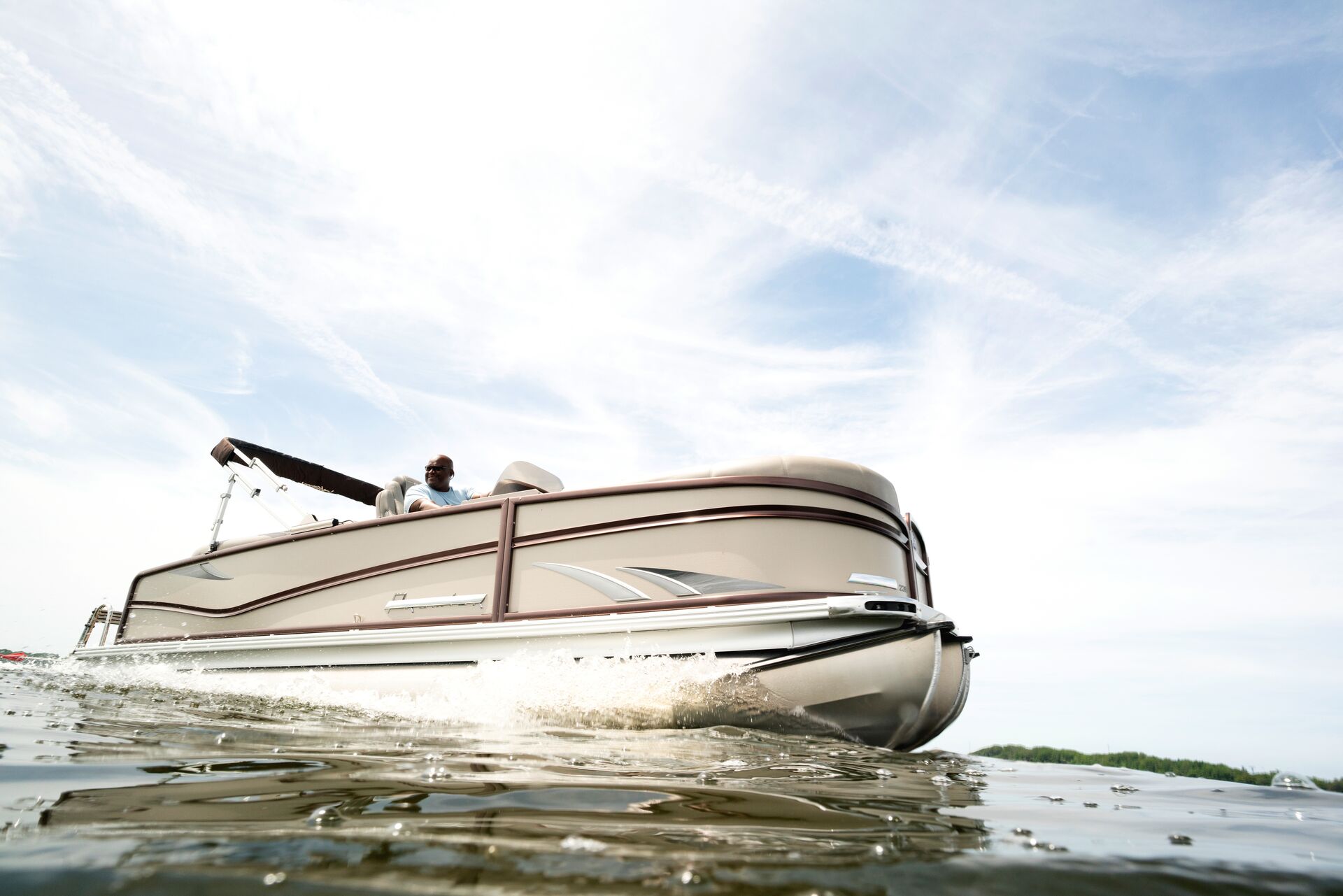
3. Pontoon Hulls
Pontoon hulls create lift for the flotation of two or more pontoons (airtight, hollow tubes) underneath so that the boat's structure sits above the waterline.
This is the slowest type of boat, but due to its design, it can carry significant weight.
4. Flat-Bottomed Hulls
Flat-bottomed hulls are very stable. This makes boats with flat bottoms an excellent choice for fishing and use on small, calm bodies of water.
5. Round-Bottomed Hulls
Most round-bottomed hulls are displacement hulls.
The shape of this hull allows these vessels to glide through water with little effort. The design does, however, make the boat less stable. Extra care is required when entering, exiting, and loading.
6. V-Shaped Hulls
V-shaped hulls are a type of planing hull, and they are the most common type of hull for powerboats.
A V-shaped hull requires more power to push it up onto a plane above the water. Boats with V-shaped hulls usually are equipped with a larger engine than flat- or round-bottomed boats.
7. Multi-Hulled or Multi-Chine Hull
Multi-hulled vessels have separate and distinct hulls. Both planing and displacement hulls can be multi-hulled, depending on the shape of the hull and the size of the engine.
Having multiple hulls makes these boats incredibly stable on the water, but they do require more room to steer and turn. Examples of common multi-hulled boats are catamarans and pontoon boats.
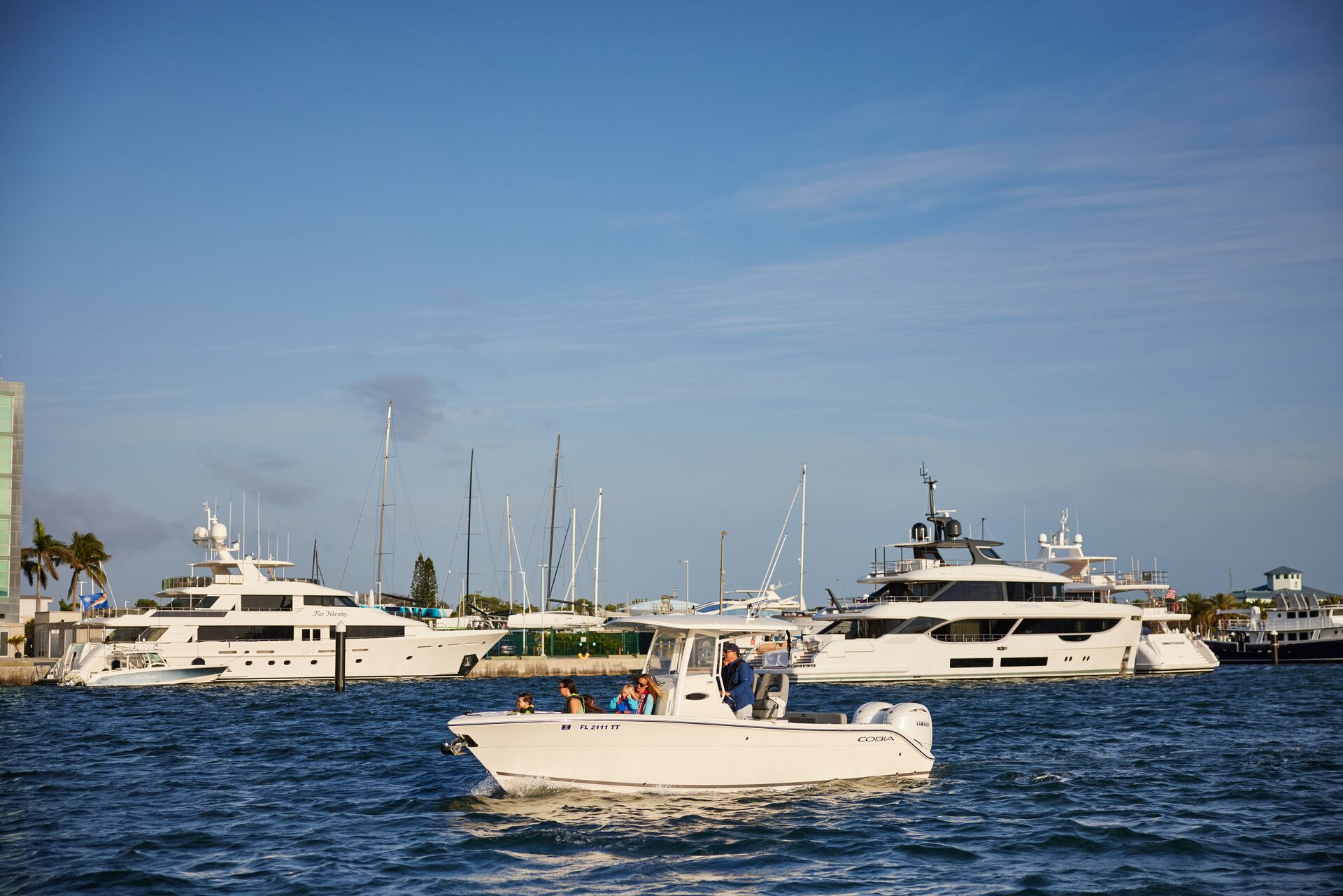
Learn More About Boats and Boating Safely with ilearntoboat
The hull is only one part of a boat you should understand before hitting the water! In addition to understanding boat hull types, boaters should learn about critical boat parts, navigating the waters, the safety equipment they should carry on board, and how to respond in an emergency.
It's easy (and fun) to learn these things with a course through ilearntoboat! Our gamified learning experience teaches you everything you need to know about boating safely. Plus, after you complete the course and pass the exam, you've met the boater education requirements for your state to operate a boat legally.
It's easy to get started! Choose the course for your state and start learning.
First published in 2021. Content most recently reviewed and updated for accuracy and relevancy November 29, 2024.

